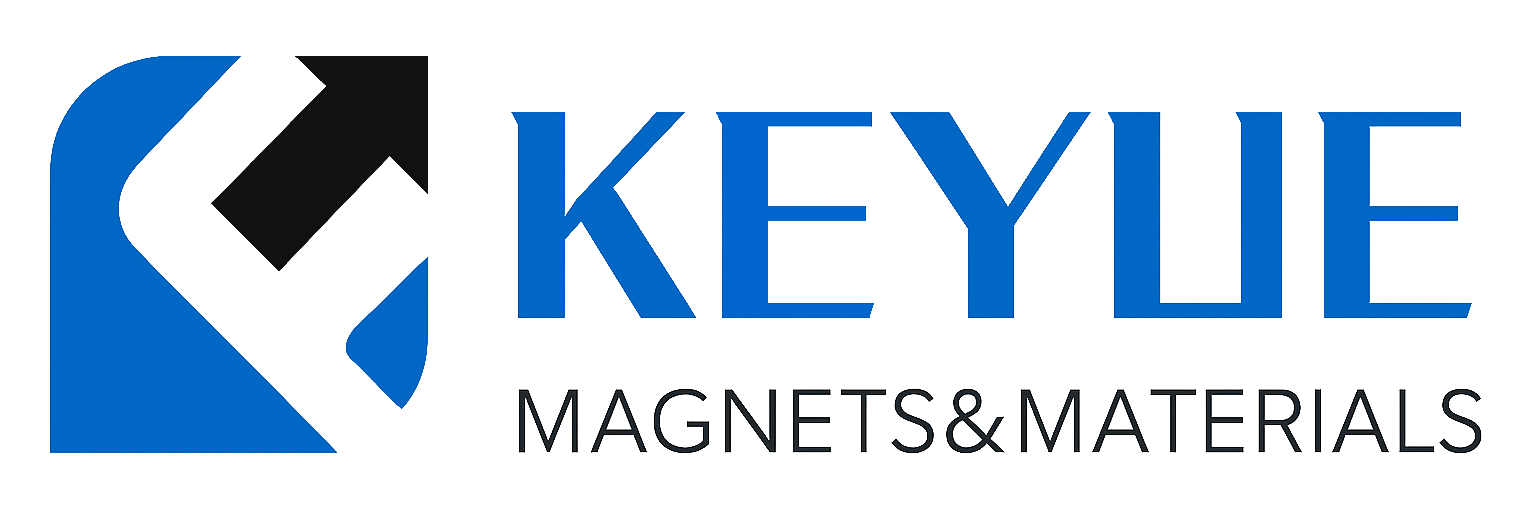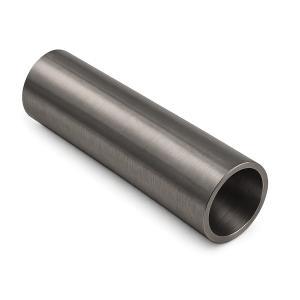描述
钒管(V Tube)
产品简介
钒管(V Tube)是一种由高纯钒(Purity ≥ 99.9%)制成的难熔金属管材,具有优异的高温强度、抗氧化性与良好的延展性。钒是一种重要的合金元素,能在高温下保持结构稳定,并对氢气具有高溶解性和渗透性,因此被广泛用于氢储能、真空设备、薄膜沉积及核能工程中。高纯钒管还具备优良的电导率和化学惰性,是科研实验及先进制造中不可或缺的金属材料。
产品详情
苏州科跃材料科技有限公司提供的钒管采用高纯钒粉经真空熔炼—热等静压(HIP)—机械加工制备而成,晶粒均匀、结构致密、表面光滑。产品纯度高、杂质含量极低,可满足电子级、真空级及高温实验要求。
典型规格如下:
-
纯度等级:99.5%、99.9%、99.95%
-
外径范围:4 – 80 mm
-
壁厚范围:0.5 – 6 mm
-
长度:≤1000 mm(可定制)
-
制造工艺:真空熔炼 + HIP 致密化 + 精密机械加工 + 抛光
-
表面状态:银灰色金属光泽 / 抛光态 / 去氧化膜
高纯钒管能在高温下保持优异的延展性与抗氧化性能,是真空系统和能源设备中理想的结构材料。
应用领域
钒管凭借其独特的物理与化学特性,被广泛应用于:
-
真空与电子设备:用于高温导管、真空组件及电极套管。
-
氢储能与燃料电池:作为氢扩散管与储氢材料载体。
-
半导体与镀膜系统:用于靶材支撑、PVD腔体及反应结构件。
-
核能与航天工业:用于耐辐照、耐腐蚀结构件。
-
科研与实验设备:用于高温反应装置与金属材料研究。
技术参数
| 参数 | 典型值 / 范围 | 说明 |
|---|---|---|
| 纯度 | 99.5% – 99.95% | 高纯度确保真空与高温稳定性 |
| 密度 | 6.11 g/cm³ | 结构致密、低杂质 |
| 熔点 | 1910 °C | 高温稳定性强 |
| 抗拉强度 | ≥400 MPa | 优良机械性能 |
| 热导率 | 30 W/m·K | 热传导性能适中 |
| 电导率 | 4.9 × 10⁶ S/m | 良好导电性 |
| 工艺 | 真空熔炼 + HIP + 抛光 | 提高纯度与致密度 |
常见问题(FAQ)
| 问题 | 答案 |
|---|---|
| 钒管能否用于真空系统? | 是的,钒的气体释放率极低,非常适合真空与高温环境。 |
| 是否可以加工为毛细管? | 可以,最小内径可达0.5 mm。 |
| 钒管是否具有磁性? | 具有弱磁性,纯度越高磁性越低。 |
| 是否可用于氢储能实验? | 是的,钒对氢具有良好渗透与吸附性能。 |
| 可否焊接或连接? | 可采用电子束焊、钎焊或真空焊。 |
| 可否与其他金属复合? | 可与钛、钼、铬等共用形成合金结构。 |
| 是否提供检测报告? | 每批产品附带化学成分与显微组织分析报告。 |
| 可否电抛光? | 可提供镜面或电解抛光处理。 |
| 是否适合高温环境? | 可长期工作于1800°C以下的真空或惰性气氛中。 |
| 是否支持定制? | 支持科研及工业级尺寸定制。 |
包装与交付
所有钒管出厂前均经显微检测与纯度分析。产品采用真空密封包装并加防震、防潮保护层,外层使用防氧化木箱封装。可附带RoHS、REACH及COC文件,支持出口运输。
结论
钒管(V Tube)以其高熔点、优异的化学稳定性与氢吸附性能,成为科研、能源及真空设备中的关键金属材料。
如需了解更多技术参数或获取报价,请联系:sales@keyuematerials.com

.png)
-300x300.png)
-300x300.png)

评价
目前还没有评价